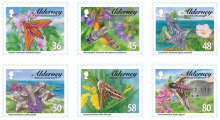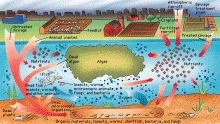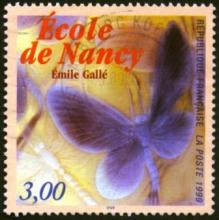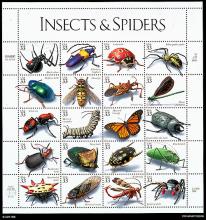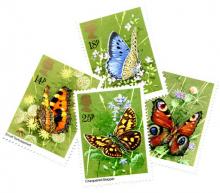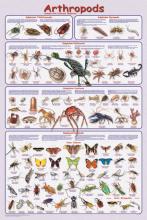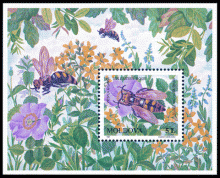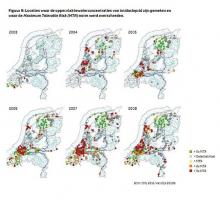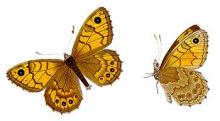
The Government must introduce a precautionary moratorium on three pesticides linked to the decline of pollinators - imidacloprid, clothianidin and TMX – that suspends their use on flowering crops attractive to pollinators, Parliament’s cross-party green watchdog has said. Environmental Audit Committee Chair, Joan Walley MP, commented: “Defra seems to be taking an extraordinarily complacent approach to protecting bees given the vital free service that pollinators provide to our economy. If farmers had to pollinate fruit and vegetables without the help of insects it would cost hundreds of millions of pounds and we would all be stung by rising food prices. Defra Ministers have refused to back EU efforts to protect pollinators and can’t even come up with a convincing plan to encourage bee-friendly farming in the UK.” Two-thirds of wild insect pollinator species - such as bumblebees, hoverflies, butterflies, carrion flies, beetles, midges and moths - have suffered population declines in the UK. Managed honeybees have also experienced unusually high mortality rates, decreased fertility, increased susceptibility to disease and the loss of hives. Similar trends have been observed in the US and other European countries.


